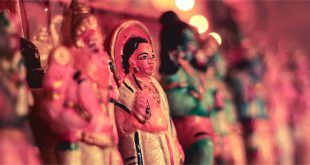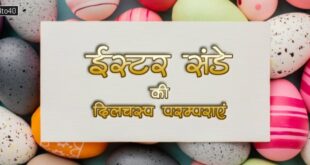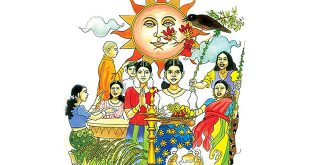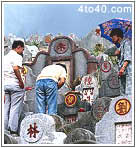 Ching Ming is a Chinese rite marking the beginning of spring that is focused on ancestor worship. On this day, people visit gravesites and make offerings to the souls of their deceased relatives. In English, we call it a Ching Ming Festival, Grave-Sweeping Day, Clear and Bright Festival. Ching Ming is held on the 106th day after winter solstice, and usually occurs on April 4 or 5.
Ching Ming is a Chinese rite marking the beginning of spring that is focused on ancestor worship. On this day, people visit gravesites and make offerings to the souls of their deceased relatives. In English, we call it a Ching Ming Festival, Grave-Sweeping Day, Clear and Bright Festival. Ching Ming is held on the 106th day after winter solstice, and usually occurs on April 4 or 5.
It may be appropriate to offer an e-mail acknowledgment of this date, but a greeting may not be necessary.
Ching Ming is a major public festival that is generally treated as an official holiday in China, Hong Kong and Taiwan. It is considered unlucky to conduct business on this day, and as a result many businesses will be closed and business leaders unavailable. Government agencies, banks and schools are generally closed. Traffic may be heavy and public transportation crowded, especially in areas near cemeteries. The transit system provides extra service to accommodate the crowds. You should expect delays on public transport and on roadways.
Background Description
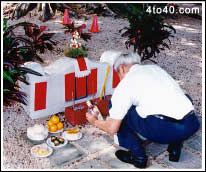 On Ching Ming (or Qing Ming), celebrants traditionally visit ancestral graves, where special rites are held and offerings are made in honor of ancestors. This event occurs in the spring; Chung Yeung is a counterpart observance in the fall. Such events are related to the Chinese tradition of receiving blessings from previous generations when undertaking a new venture. Ching Ming unfolds in a picnic-like atmosphere and is considered a time for happy communion with ancestors rather than a somber occasion.
On Ching Ming (or Qing Ming), celebrants traditionally visit ancestral graves, where special rites are held and offerings are made in honor of ancestors. This event occurs in the spring; Chung Yeung is a counterpart observance in the fall. Such events are related to the Chinese tradition of receiving blessings from previous generations when undertaking a new venture. Ching Ming unfolds in a picnic-like atmosphere and is considered a time for happy communion with ancestors rather than a somber occasion.
Visiting the cemetery is referred to as hang san (walking the mountain). A series of activities—clearing the gravesite of dirt and debris, weeding around the site, and repainting inscriptions on the gravestone – are together referred to as “sweeping” the grave. Wine and a variety of foods may be placed around the gravesite (along with appropriate tableware such as glasses and chopsticks) as offerings to the spirit of the deceased. Eating the food that was offered to the deceased is considered good luck. Paper money is burned for use in the afterlife, candles are lit, and family members bow and kneel in respect. Many of today’s offerings may be simple, consisting of incense, paper money and flowers. Families may also set off firecrackers to drive evil spirits away from the gravesite.
For Chinese immigrant communities, Ching Ming is observed as a traditional and cultural ritual rather than a religious practice. In the United States, Ching Ming is most commonly observed in the state of Hawaii.
History
Ching means “pure” or “clean,” and ming means “brightness.” The phrase “Ching Ming” is linked to the Chinese tradition of ancestor worship, which many consider the original religion of China and its only native religion, dating back 3,000 years. Confucianism and Taoism are considered philosophies rather than religions; a form of ancestor worship is incorporated into Confucian philosophy.
The practice of ancestor worship is based on three beliefs:
-
that a person’s good or bad fortune is influenced by the souls of his or her ancestors;
-
that all departed ancestors have the same material needs they had when alive; and
-
that the departed can assist their living relatives.
Hansik is the Korean name for this observance, and O-Bon is an equivalent occasion in Japan.
 Kids Portal For Parents India Kids Network
Kids Portal For Parents India Kids Network
